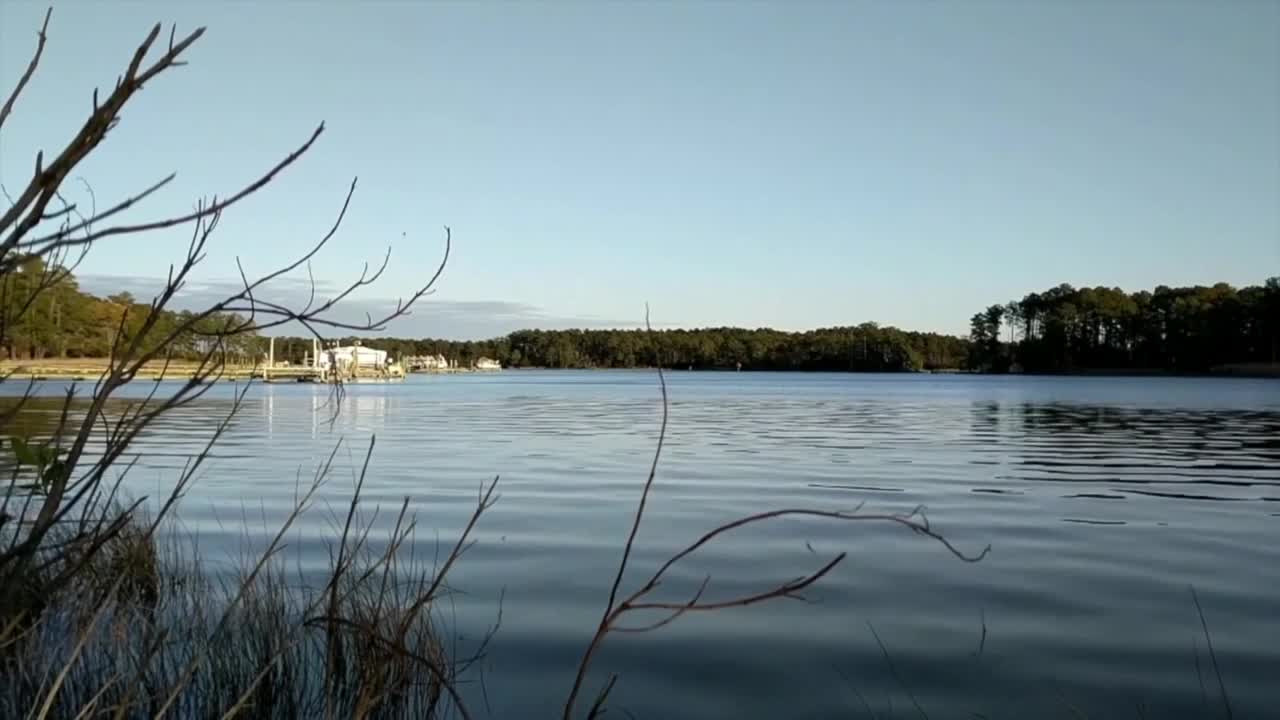NORFOLK, Va. — Hurricane Erin brought more than just immediate flooding concerns to Hampton Roads — the storm's tidal surge is now raising questions about long-term water pollution in the Elizabeth River.
As floodwaters recede from neighborhoods across Norfolk, environmental experts warn that contaminated runoff carries trash, waste and pesticides back into local waterways.
"There's definitely a pollution issue," said John Poole, who has lived in Norfolk's Larchmont neighborhood for more than five decades.
Watch related: Tidal flooding from Erin caused problems for drivers in Norfolk
Poole said he's concerned about pollution affecting local bodies of water after major rain events and tidal flooding like what Hurricane Erin brought to the region.
"So it's not just tidal flooding, it's also the big rains that we've been having recently," Poole said.
Victoria Dunch, resilience research coordinator with the Elizabeth River Project, said the source of flooding doesn't change its environmental impact.
"Whether the water's coming down from the sky or it's backing up through our storm drains, coming up onto our city streets, the result is the same," Dunch said. "Our sunny day flooding issues cause just as much problem as when it's rain falling from the sky."
Dunch said polluted runoff water poses the biggest threat to the Elizabeth River, and the waterway is receiving significant contamination this week following Hurricane Erin's impacts.
"So when we have flooding that comes out onto the streets and it touches people's lawns. It goes into dog parks, it knocks over people's trash cans and floods all the streets," Dunch said. "When those flood waters recede, they pull everything that they came into contact back with them into the river."
Residents like Poole encourage neighbors to be mindful of what can end up in local waterways.
"Picking up your dog poop and picking up any kind of trash or plastics that are especially on the waterfront," Poole said.
Dunch recommends replacing impermeable surfaces with materials that can naturally absorb water before it flows back into the river.
Watch related: Elizabeth River Project loses federal grant
"So, removing these less permeable materials and putting more permeable materials like absorbent soils, native plants," Dunch said.
These natural materials can help absorb water before it carries contaminants back into the Elizabeth River system.
This story was reported on-air by a journalist and has been converted to this platform with the assistance of AI. Our editorial team verifies all reporting on all platforms for fairness and accuracy.





